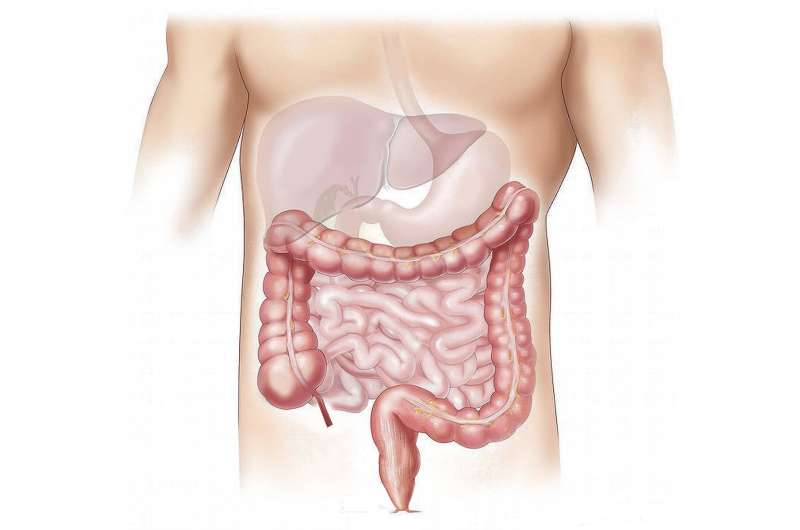How Rare Hunting Dogs' Unique Noses May Shed Light on Cleft Lip and Palate Causes in Humans

Researchers from an international team have uncovered a fascinating link between the genetic traits of a rare breed of hunting dogs and potential insights into human craniofacial abnormalities, such as cleft lip and palate. The breed in focus is the Turkish Pointers, also known as Catalburun, distinguished by their distinctive bifid or forked noses.
The study, published in Genome Research, traced the genetic origin of this unique nose shape to a mutation in the PDFGRA gene. Interestingly, a similar mutation has been associated with unexpected forked-nose deformities in other dog breeds. The research team also identified two additional mutations in the LCORL gene, which are linked to large and small breeds respectively.
Notably, the gene PDFGRA plays a crucial role in embryonic development, particularly in connecting the halves of the face, including the mouth and nose, during fetal growth. This connection has led scientists to propose that mutations in this gene might also be involved in the development of orofacial clefts in humans, such as cleft lip and palate.
Dr. Peter Savolainen, a canine genealogy expert at KTH Royal Institute of Technology, explains that while the genetic and environmental factors behind these human conditions are diverse, this discovery offers a new potential genetic clue. The research emphasizes the value of studying breeds with inbred gene pools, which can reveal genetic factors underlying morphological traits and diseases, more efficiently than in the highly genetically diverse human population.
The collaborative effort included institutions from Turkey, the US, Finland, the Netherlands, and elsewhere, highlighting how genomic studies in dogs can accelerate understanding of human health conditions. This research underscores the potential for genetic insights gained from domesticated animals to inform future medical advances in treating and preventing craniofacial anomalies in humans.
For more details, see the original study: Genome Research.
Stay Updated with Mia's Feed
Get the latest health & wellness insights delivered straight to your inbox.
Related Articles
Neuroimaging Unveils Why People Are Prone to Believing Lies
Neuroimaging studies reveal how brain activity influences why people are more likely to believe lies, especially in social contexts involving friends and potential rewards.
Are Probiotics a Cost-Effective Strategy to Prevent Infection Post-Colon Surgery?
A UCLA study evaluates the cost-effectiveness of probiotics in preventing pouchitis after colon removal surgery, highlighting benefits for frequent relapses but questioning overall economic value.
Advancements in Blood Pressure Guidelines Aid Healthcare Providers
The new 2025 blood pressure guidelines, developed with key contributions from UNC researchers, introduce innovative tools and strategies to improve hypertension diagnosis and management, reducing cardiovascular risks.
Epstein-Barr Virus Reorganizes Human Genome to Promote Nasopharyngeal Cancer Spread
New research uncovers how Epstein-Barr virus reorganizes the human genome to promote the spread of nasopharyngeal cancer, opening new avenues for targeted therapies.



